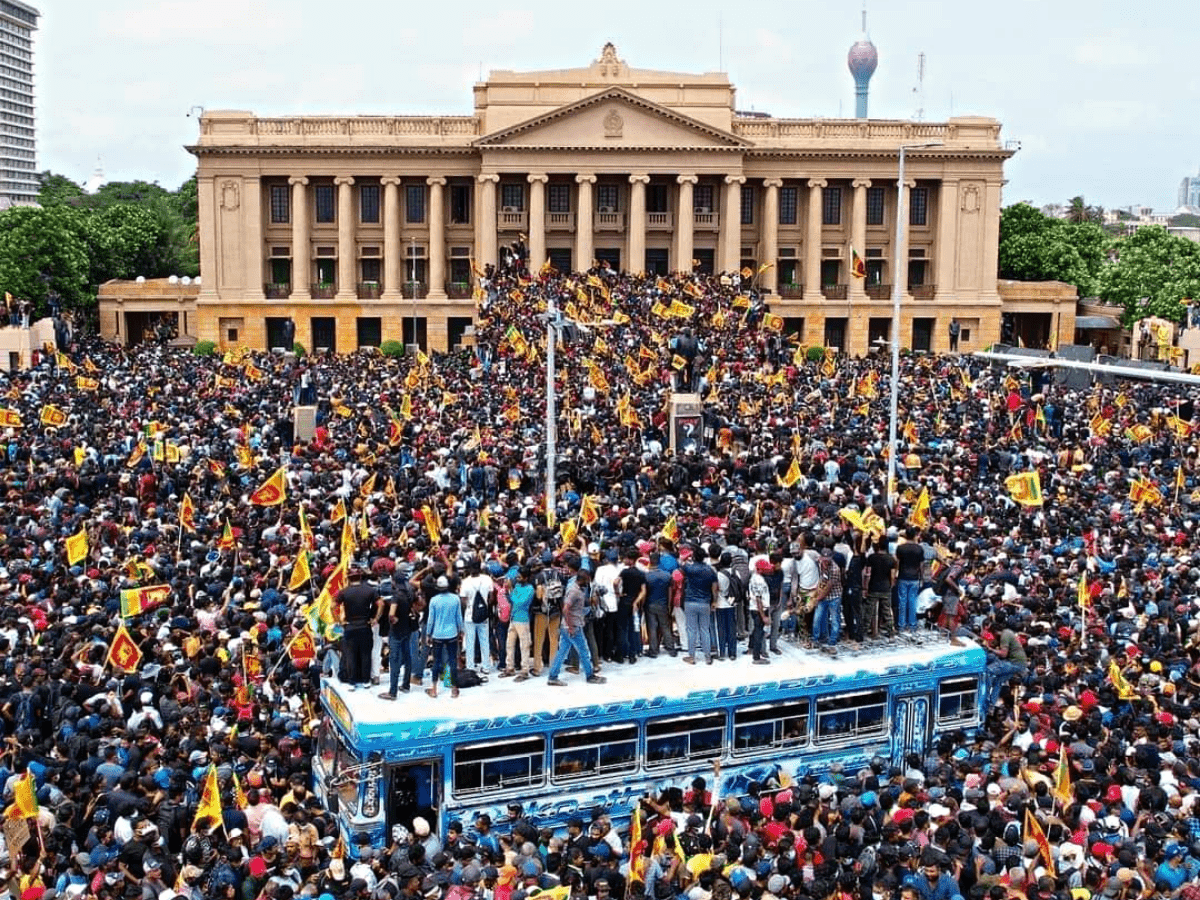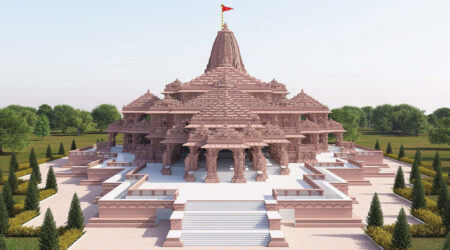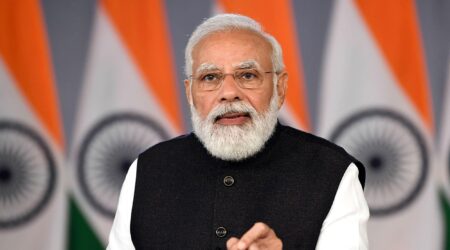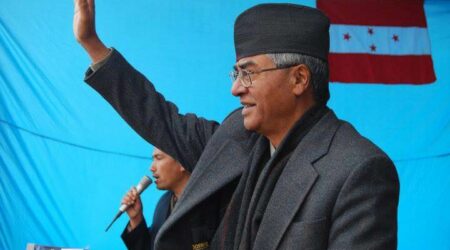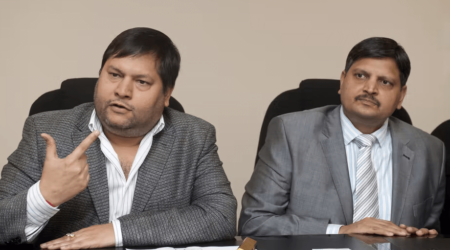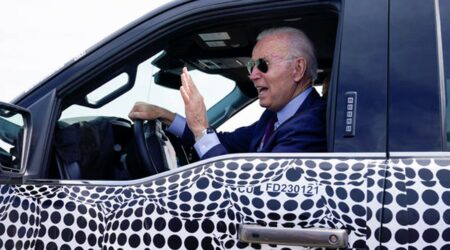By Pragya Narang
The world watched the economic crisis in Sri Lanka turn into a political one, during four months of massive sustained public protests called the Janatha Aragalaya from March to July. The crisis is continuous, and Sri Lanka’s nearly 22 million population is facing a humanitarian crisis marked by pervasive hunger, malnutrition, undermined public-health services, and record-high inflation.
It has led to food insecurity in the most vulnerable coupled with daily load-shedding power cuts as the state-owned electricity utility does not have enough dollars to import fuel for power generation. The country is struggling to import food, medicine, petroleum, and other essentials.
What drove Sri Lanka into this abyss? Who is accountable? What is the way out and forward?
A teach-in on Sri Lanka
These questions and more came up in an online discussion titled “Rebuilding Sri Lanka: Reforms or Revolution?” organized by the Southasia Peace Action Network – Sapan, moderated by award-winning Sri Lankan journalist Nalaka Gunawardene. He was joined by eminent thought leaders, including policy advisor Amita Arudpragasam, economist Rehana Thowfeek, and author Marlon Ariyasinghe.
The roots of the crisis lie in the government’s failure to address its fiscal and trade deficits. Simply put, there was more spending than earnings and more imports than exports. A series of bad macroeconomic policy decisions, including tax cuts, made it harder to borrow from international lenders.
Covid-19 lockdowns and production slowdowns compounded the situation. But, the IMF had warned about Sri Lanka’s debt earlier, in the first quarter of 2020, when the effects of the pandemic were still unknown. The country’s credit rating eventually plummeted due to tax cuts and a structured balance-of-payments issue.
Over the past year, the government began borrowing from the Central Bank of Sri Lanka, which started printing more currency without increasing interest rates to adjust the supply. This contributed to inflationary pressures. The currency depreciated further. All this compounded an already grave situation.
International aid: Strings attached
While the proposed nearly three billion dollar International Monetary Fund loan will not ease the pressures on the Lankan economy, the deal signifies that Colombo has managed “to conjure up a plan and put forward a program credible and sustainable enough to satisfy the IMF”.
International aid came from various quarters, including India, China, Europe, and the World Bank.
India’s assistance with a $4 billion package came early in the crisis. New Delhi, however, did get something in return. Indians won a contract to set up two wind farms in Sri Lanka, replacing the Chinese. Pharma and IT investments are likely to follow.
Did the protests unite a divided society?
While the recent protests are significant, they are certainly not the “longest” in Sri Lanka. The Tamil community primarily in the north and east has been protesting against enforced disappearances for over five-and-a-half years now — more than 2,000 days, and counting.
The island nation is polarized between its north and south, with the north and east initially hesitant about showing solidarity to the south, which has generally not stood with them. The division came to the fore during the Aragalaya protests. However, given their greater levels of poverty, the north and east were as affected by the economic crisis and therefore empathetic to the overall cause.
Military presence, armed security personnel on motorbikes provoking protestors, and action against Aragalaya gave many in the south a very different image of the security forces than the idealized one they had held.
There is also a demand to tackle the issue of defense budgeting in Sri Lanka. At present, it is “more than most middle-income countries and much more than some post-conflict countries”.
Demanding accountability
As in many countries, Sri Lankans tend to become politically active around election time. However, Lankan activists have long been demanding accountability and investigations into the Rajapaksa family’s income. Resignations by themselves do not amount to genuine accountability. Deeper institutional reforms are required to counter the entrenched political systems.

The way forward
Can constitutional reforms like elections help the situation, or does Sri Lanka need “Revolution 2.0”. There is general agreement on the responsibility of citizens to vote better “not on the basis of racial identity or handouts but on policies”. But before that, they need to first “learn to accept criticism and display considerable transparency”. There’s also a consensus on the need for decentralization.
The virtually overnight decision to ban chemical fertilizers in April 2021, without any prior warning or training, decimated the country’s agricultural sector. It was a presidential decision. Inputs from technocrats and experts urging a reversal fell on deaf ears.
The president even appoints Sri Lankan monetary board members and the Central Bank governor who is also the de-facto chair of the monetary board. The president’s inner circle made decisions “disregarding actual inputs”.
The discussion also drew attention to the misuse of power by consecutive presidents through the use of the Draconian PTA act. There have been dozens of arrests and an ongoing witch hunt for protest organizers including student leaders who are being labeled as fascists.
Lessons for the region
What are the lessons for Southasian nations?
The crisis in Sri Lanka reminds the rest of Southasia about the potency of people’s power. “Pakistan, Bangladesh, and Nepal have been saying ‘Don’t be like Sri Lanka’. We have unfortunately become a case study, a cautionary tale,” said Ariyasinghe.
However, people must neither fall for political gimmicks nor vote to concentrate power in the hands of a few. The most important thing is to strengthen people-to-people relationships in the region, building upon the kinship among people, leveraging tourism ties, and establishing media collaborations.
Smaller Southasian countries have similar problems as Sri Lanka: low capital reserves and lack of access to stable economies. Southasia must develop a common framework to hold politicians accountable and increase transparency in government dealings. Regional collaboration can reduce vulnerability.
When democratic institutions are built on the foundation of votes based on identity politics, communalism, and ethnonationalism rather than an evaluation of policy, governance, integrity, and political acumen, such crises are but an eventuality. Other nations and international agencies may be able to help the Sri Lankan economy recover, but the systemic and political issues at the root can only be resolved by the citizens themselves. Voters must stay persistent in holding democratic institutions and elected officials accountable.
Until that happens, more of what happened in Sri Lanka awaits across the globe.

Pragya Narang is a communications consultant, researcher, and peace activist based in New Delhi. This is a Sapan News syndicated feature @southasiapeace.
Disclaimer: The views expressed are not necessarily those of The South Asian Times


